14 min to read
E-commerce marketing strategy: The ultimate guide in 2023
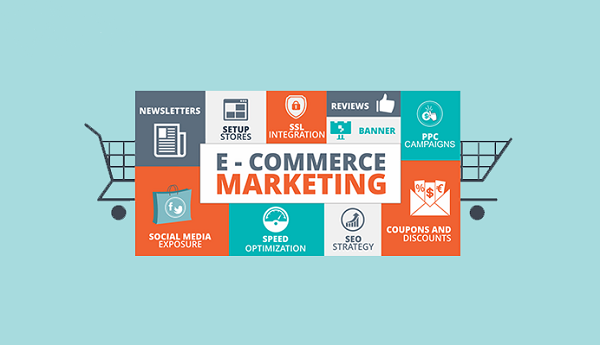
E-commerce marketing strategy
E-commerce marketing focuses on nurturing the top of funnel traffic and pushing them down the digital marketing funnel to get more sales and revenue. The e-commerce marketing strategy focuses on several digital marketing channels, ranging from SEO to Google ads to social media marketing, etc., to have more eyeballs, conversation, and a better chance of a conversion.
The digital world is competitive, and every process is constantly changing and becoming more competitive. With more exposure, more and more sellers are turning towards the e-commerce giant world, which has led to an estimation of the US e-commerce revenue to hit $4.9 trillion in 2023. Find this complete guide on digital marketing funnel.
CodeDesign is a leading digital marketing agency ranked #1 in Lisbon, Portugal. You could work with us to accelerate your business growth.
Having a modern, user-friendly, and dynamic website is crucial, as it is your storefront for the digital people. However, the work done at this stage is not even close to half. You have to take multiple steps to build brand awareness for your e-commerce website and come in front of the customers with the highest buying intent at the right time to have an advantage over the competition and a better relationship with the customers. Read this guide on PPC campaign strategy.
Have a data-driven approach for your e-commerce business and marketing
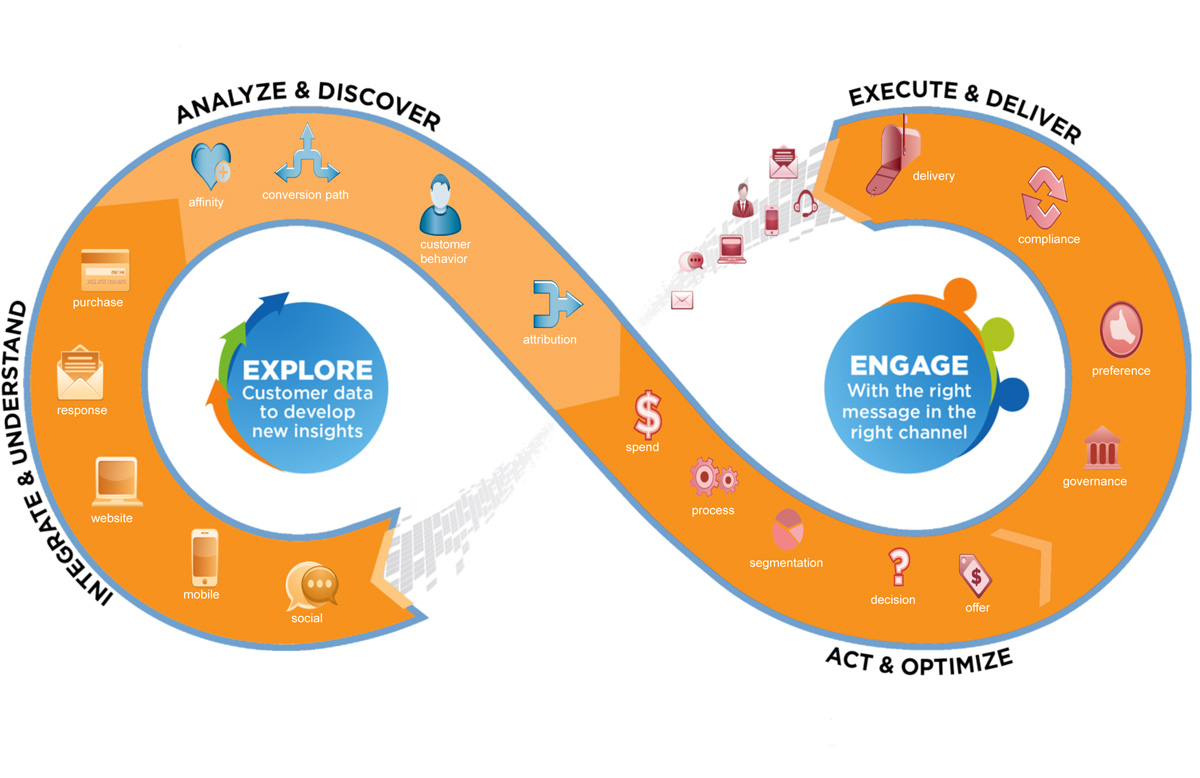
Focus on data driven marketing
If you are new to the e-commerce world, you will find this resource on "how to start an ecommerce business "useful for your ventures.
It is essential to narrow down your niche in the beginning to have a better start. You could also look up at the other thriving businesses in your industry to point out the mistakes and the reasonable steps they have taken to save yourself from the pitfalls. There is enough room in the e-commerce market to coexist with your competitors, which means you don't have to destroy your competition to get started.
Try to analyze the marketing steps taken by your competitors to see which digital marketing channels bring the most ROI. You could also look at other factors like the technology used to track data or the SaaS products, which have proven more helpful and practical to conduct e-commerce business for your competitors. Try to work with a leading SEO agency. It is good to make mistakes and learn from them; however, it is wiser to learn from other people's mistakes to be a step ahead.Here is a complete guide on CRM implementation.
Define your value proposition, goals, and customer persona for a better e-commerce marketing strategy
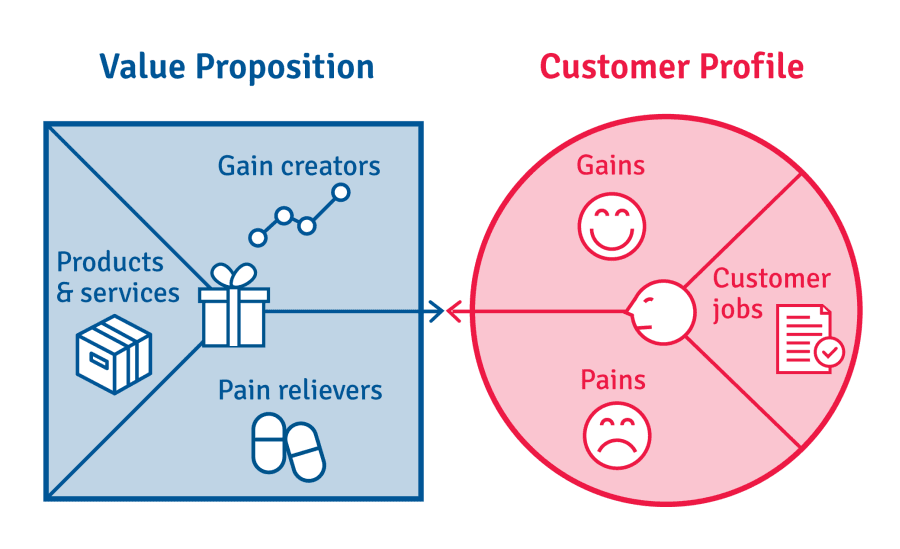
Have a strong foundation
In marketing, the value proposition is a statement that demonstrates why should your prospects choose you over the alternative that is present in the market. The prospects must know your products' benefits in a clear, measurable, and verifiable way. You could place your value proposition on home pages, product descriptions, and Facebook ads and address the common problem among your target audience and how your product solves that problem. You must also list out why you are better than your competitors and the values the customer will get upon buying your product. This is what you need to know about B2B sales outsourcing.
If you look up at the value proposition of Harry's, it states, "You deserve a greater shave at a fair price". At this stage, you already get the idea of the product and the benefit.
You could only measure your campaign success based on how close or far you were at your goals and objectives. It is essential to have specific goals and metrics, such as increasing your revenue by X% in a year, etc., to let your employees understand what steps should be taken to achieve the goal in a specific set of time.
Your value proposition will only attract the audience if they are your potential buyers. Hence, it is critical to have a clear idea about your target customer to have better targeting options and more conversions. You must know about the age ranges, purchasing power, gender breakdown, geographic location, and other demographic filters to be very specific with your ad campaigns, ad text and choosing the right digital marketing channel. One of the classic mistakes is assuming that you could sell to anybody. If your product is not meant for a specific audience, it has value for no one.
Ensure that you implement Google shopping ads in your e-commerce advertising strategy
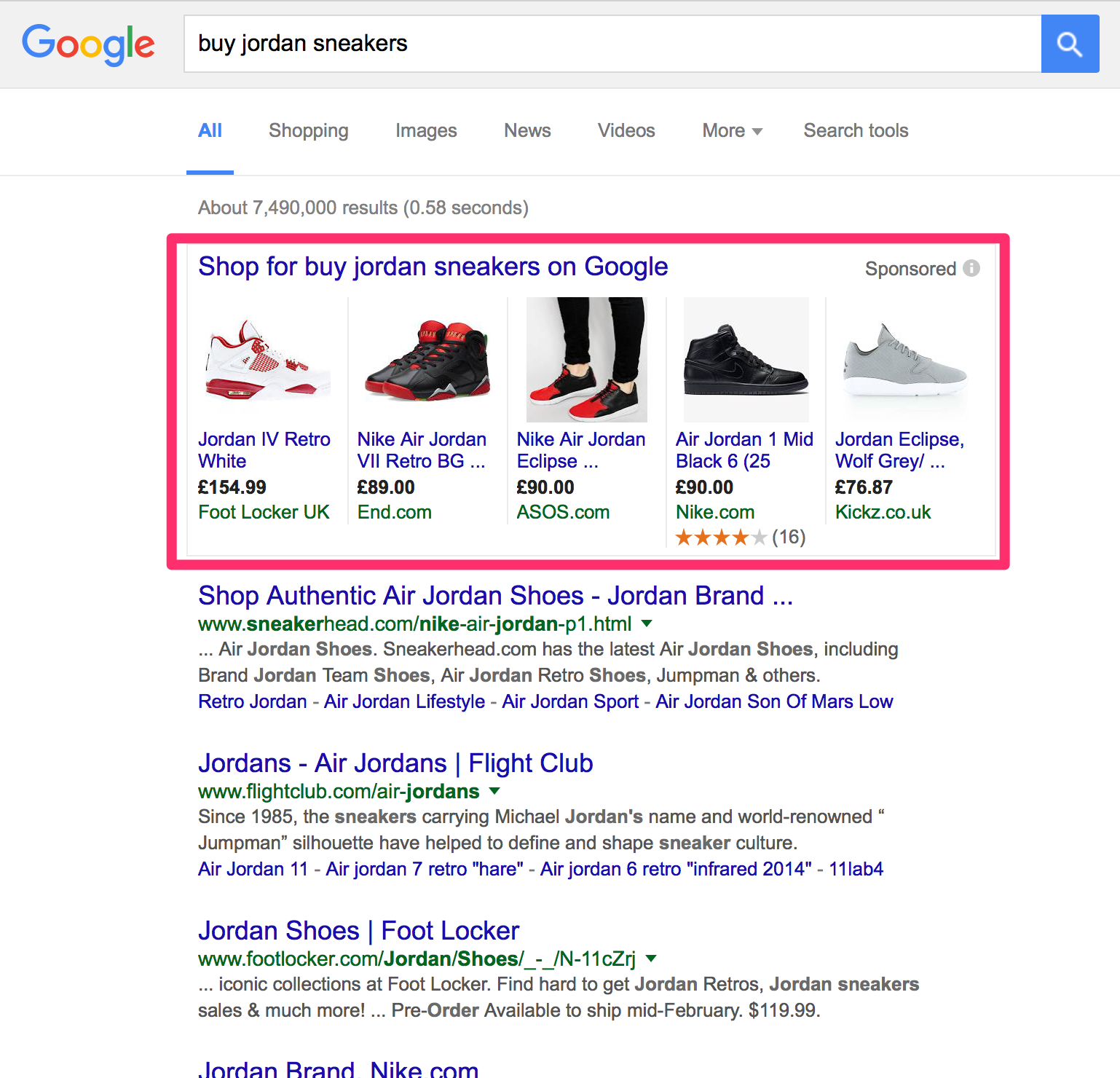
Google Shopping Ads
Google shopping ads are one of the easiest and cost-effective methods of getting more sales when you target it to the high buying intent shoppers. When a user clicks on these items displayed, they are directed to the seller's website.
To start with Google shopping ads, you have to submit your product data in the Merchant Centre data feed. After this stage, Google uses the data attributes to create ads on Google and around the web for potential customers to engage with your offer. These ads appear in a more visual format, including your product's photo, title, price, store name, and more. You tend to get better-qualified leads as users could easily make informed purchase decisions with the extra information. Once you browse your product inventory directly in Google ads, you can create product groups for the items you want to bet on. This shopping ad uses the product attributes defined in the merchant Centre data feed to show these ads in relevant searches. As an advertiser, you also have the benefit from the powerful reporting and competitive data to identify growth opportunities with impression share data and the bid simulator tool.
Talking about the cost, you are charged using the cost per click method in which you only pay for clicks on your ad. You have the complete flexibility to decide how much you are willing to pay for each click. The best part is that you only pay the minimum amount necessary to rank higher than the advertiser immediately below you.
Content marketing and search engine optimization is crucial in e-commerce marketing strategy
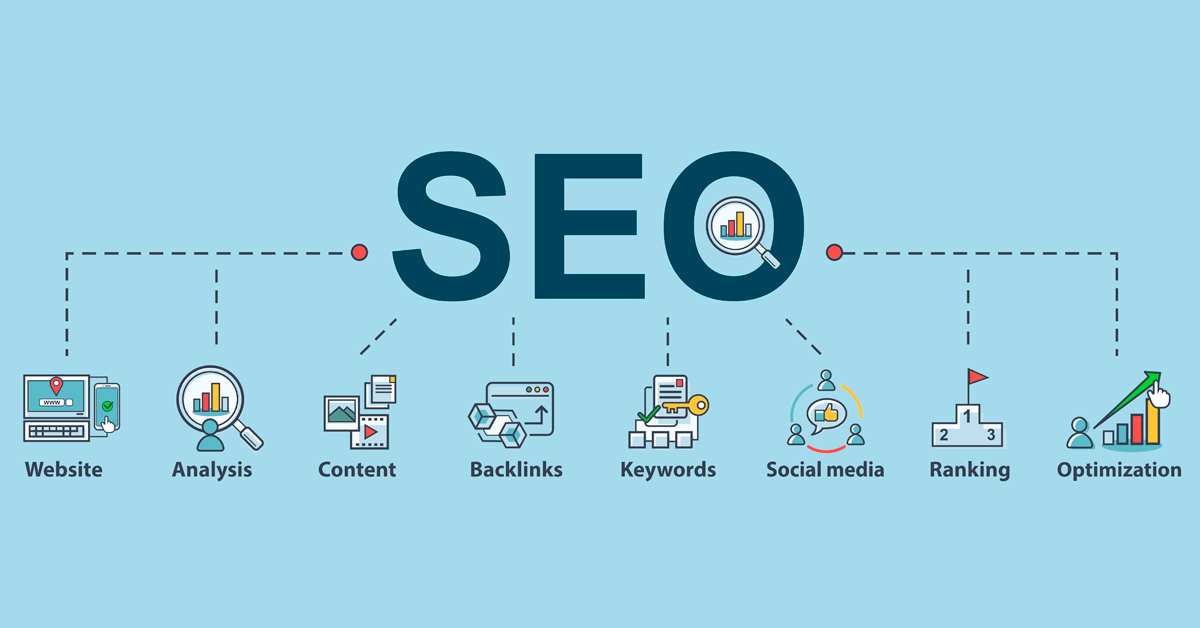
SEO and content marketing is crucial
Content marketing is a crucial part of any digital marketing strategy, as you get to attract more potential customers, get introductions, and have sustainable conversions by helping audiences with their every query. You can go with the 80–20 rule, in which you create 80% informative content and 20% promotional ones. A significant portion of your target audience doesn't know about your existence. In such a case, if you brainstorm ideas to create a content calendar focused on solving the customer persona's queries, you would find that your target audience hops on your website frequently, which could ultimately lead to unconscious advocacy for your brand and brand awareness.
In the e-commerce space, it is essential to have a homepage, category pages, product pages, and the like. You could also leverage email marketing to send weekly newsletters to your customer base to better communicate with your customers.
Around 40% of product searches begin on Google, highlighting how important it is to optimize your website and product pages to be in front of the people with the higher buying intent organically. As per Google core web vitals, you need to have rich, reliable, and valuable content to rank higher on the SERP results. Doing proper keyword research could help you get valuable traffic to your website, and a good backlink campaign could bring authority to your website.
PPC Campaigns as part of e-commerce marketing strategy(SEM, SMM, Display Advertising)
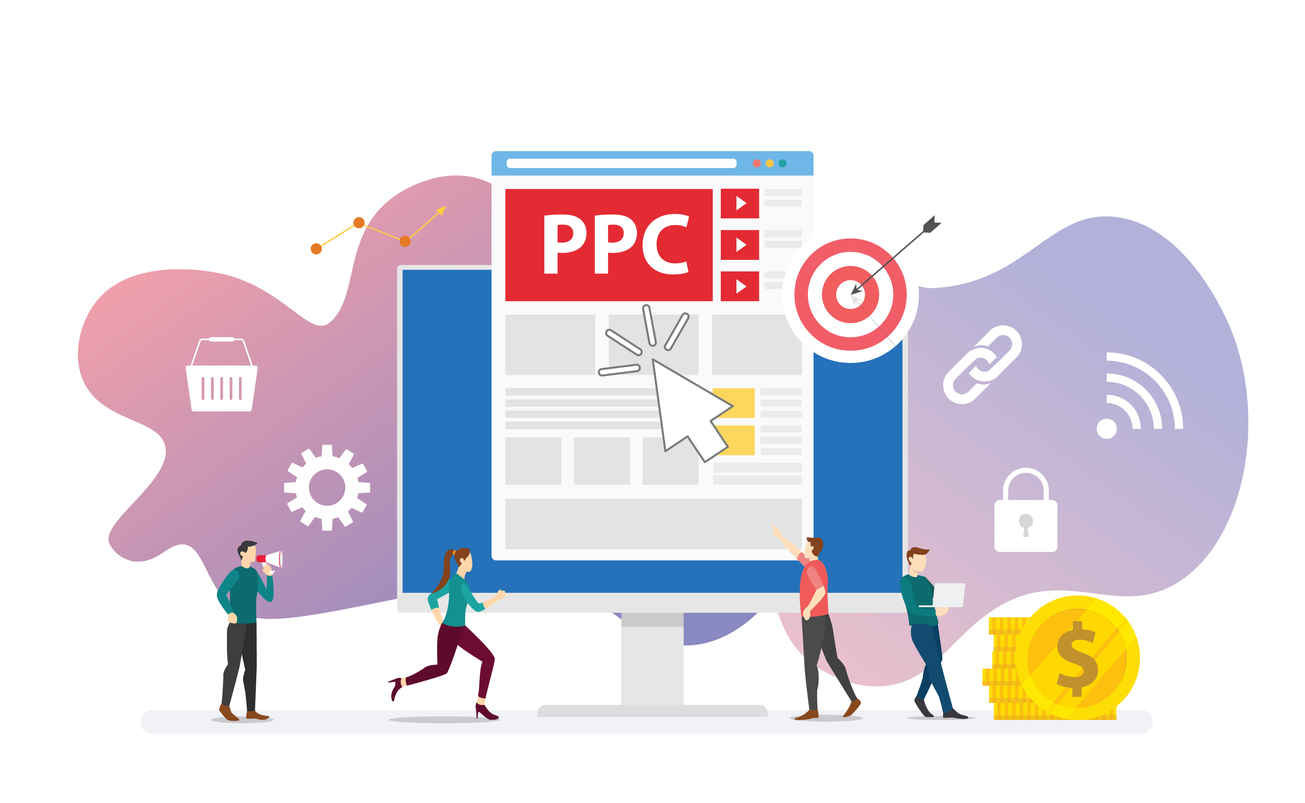
PPC Campaigns
It is essential to have proper keyword research to get in front of the right audience, as the entire purpose of search engine marketing is to get in front and at the top for a specific keyword. The ranking of your ad depends on the quality score, which is based on the expected click-through rate, ad relevance, and landing page quality. Your click-through rate is measured in comparison to the mean CTR of other ads in the same position. Also, the landing page is a crucial part of your PPC strategy as it is where the customers will end up after they have clicked on your ad. Your landing page must follow all the best practices and be relevant to your offer in the search results.
In social PPC ads, you get to specify your target audience based on location, age, gender, job title, etc. Once you have selected your objective behind advertising, you get to choose your target audience by including or excluding specific features. The next stage is to create campaigns depending on your budget and objective. You could use social media platforms like Facebook, Instagram, and YouTube for your B2C offers, as they are statistically proven to have better performance. At the same time, LinkedIn and Twitter are supposedly better for B2B advertising. However, the entire scenario comes down to where your target audience prefers to spend most of the time. Inbound marketing could be an excellent opportunity to gain awareness, consideration, and ultimately conversions.
Optimize for voice search
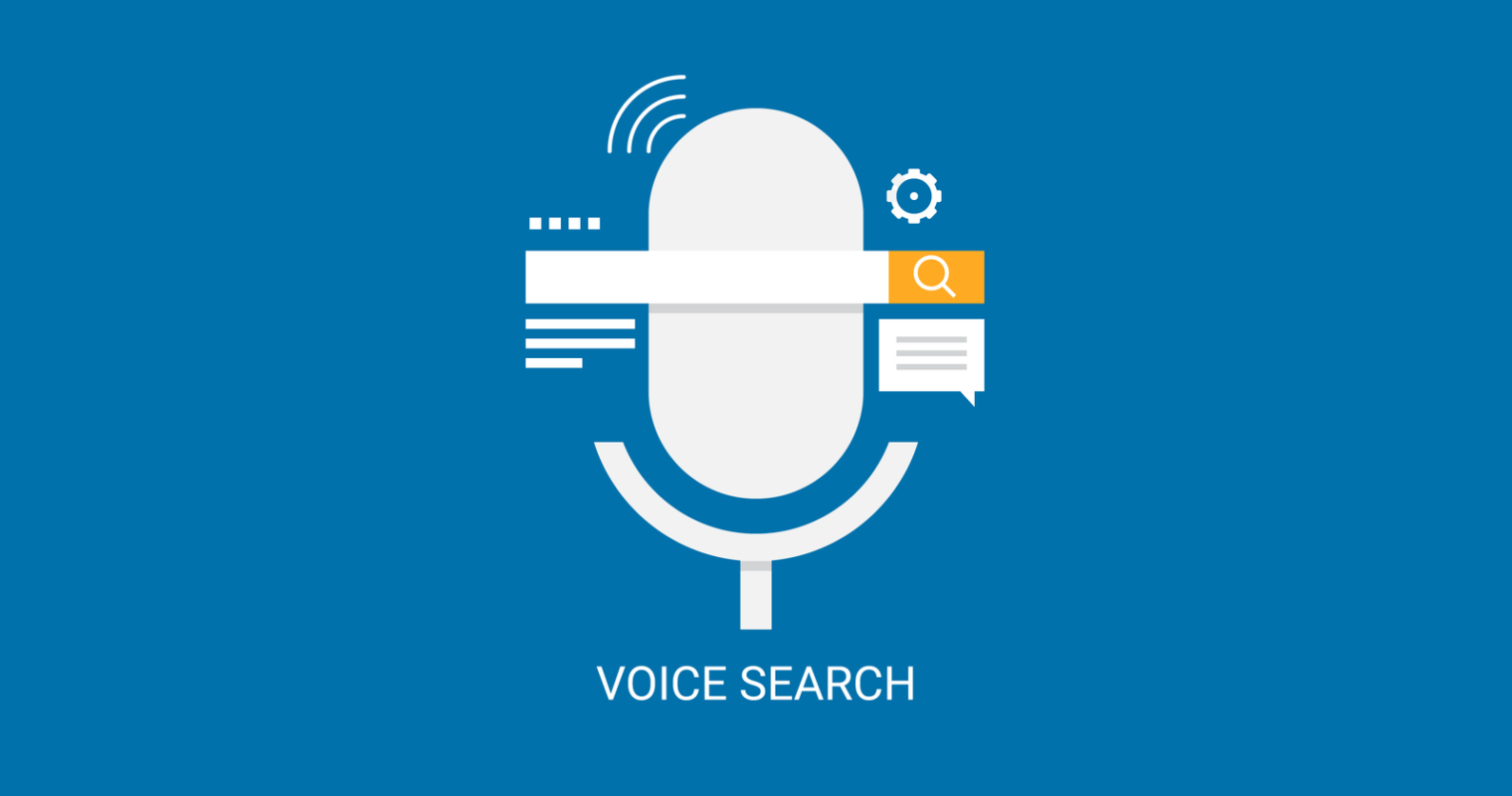
Voice Search Optimization
Voice search optimization is the process of evaluating and streamlining the content on your webpage so that people can get a chance to have your pages read out loud by a voice search device. As per a report by Oberlo, 71% of consumers prefer to conduct queries by voice instead of typing. Also, around 50% of people who own a smart speaker like to keep it in a shared space such as a living room. Think of it from your business's perspective, and you will realize how much of a difference voice search optimization could make for your business in terms of brand awareness and brand preference.
Keep these points in mind while optimizing your e-commerce website for voice searches:
1. Strive hard to earn position zero or the rich snippet position on the Google SERP.
2. Voice search optimization aims at bringing a behavioral shift on how we interact with our devices. Hence, it would be better if your content is in a conversational tone, be it the blog content or product descriptions.
3. Structure your content to make it easier for the crawlers to understand it. Applying schema markup could also be a great strategy.
4. Ensure that you have a semantic strategy and bring a local focus to your content. Also, try to include locally sourced products and back them up with location landing pages or local blog content.
5. Every content has a different customer base, so we have the concept of customer persona. Write your answer in a way that is digestible for your customer persona. Also, optimizing your site for mobile is as urgent as you taking the breath.
Improve your site speed and get a boost in your conversion rate

website loading speed
In today's first world, when everybody wants a solution to their challenges at the fingertips, it becomes essential to improve the website loading speed as it directly links to the page and user experience. For e-commerce websites, it becomes more vital to improve the page speed because it would increase the bounce rate drastically, and a lower average time on the page would mean low conversions that would significantly affect the revenue and cash flow for the company. As per the report of crazy egg, a one-second delay in the website load would mean a 7% loss in conversion, 11% fewer page views, and a 16% decrease in customer satisfaction.
Keep these tips in mind to improve your site speed and revolutionize the conversion rate:
1. Did you know that 80% of a webpage’s load time is spent downloading the different parts of the page like Java scripts, stylesheets, and images? Hence, it would make more sense to minimize the HTTP requests for each element.
2. Minify and combine your HTML, CSS, and JavaScript files to eliminate extra spaces, line breaks, and indentation.
3. If your server loads the larger files like JavaScript and CSS before the content, it would directly impact the user experience as the viewers would not be able to view anything on the website until the JavaScript is loaded. Hence, you must defer JavaScript loading, and for that purpose if you have a WordPress site, you can choose the WP rocket plugin.
Focus on user-generated content and influencer marketing
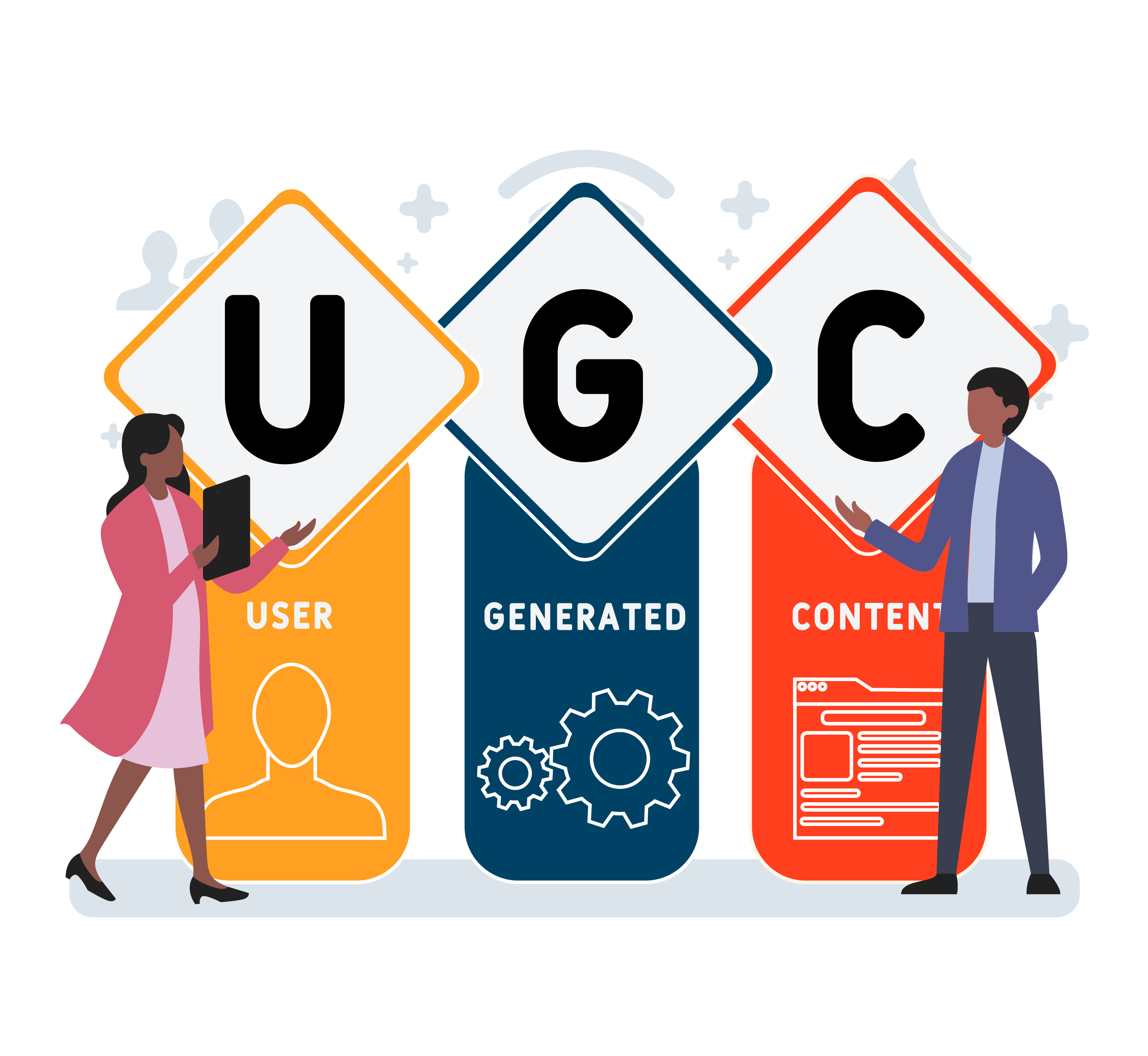 user generated content
user generated content
If the term user-generated content is new for you, then here is a short explanation:
"User-generated content refers to any content or media users share on social media platforms themselves".
As the customers trust reviews, they would similarly trust the user-generated content as it feels like testimony from the other buyers. Also, having a strong UGC strategy would help you develop a loyal online community to strengthen your brand relationship with them.
As the marketing team does not create this content, it empowers the companies to teach their customers uniquely and friendly. It could also help you deal with your customers better and build a sense of authenticity. You could use hashtag challenges, promote a solid call to action in your marketing campaigns, host an event, and ask influencers to promote your brand.
Improve payment gateway
Around 6% of shopping cart abandonment is due to the lack of payment options. As mentioned earlier, the fact makes it so crucial for you to improve your payment gateway and incorporate encryption and other cyber security services.
At the same time, ensure that you offer multiple login options to your customers. Think of it like you got a new visitor on your website, and after viewing the content and product for the first time, they decided to buy the product. At this moment, the website visitor is making decisions based on the heat of the moment. And, if you create a system that forces them to create an account before purchasing the product, it could mean that they would decide to go to another website and not tolerate this bad user experience.
Install authentication layers and ensure that your payment gateway is compliant with PCI security standards. Every e-commerce site needs an Wildcard SSL certificate to protect its customers' personal and credit card information.
If you have a proper return and refund policy, it would also make your customer's trust stronger in your brand.
Care about social commerce.
Setting up a social media shop is a good idea because it makes the experience much more interactive and allows the customers to either consult or show off the new products to their friends or relatives in their connections. The personalized advertising and the capability to choose the audience base to target have given the brands and the marketers a superpower to generate higher ROI. Also, you must understand that most people switch to social media to have entertainment. Thus, your content and campaign should revolve around creating valuable and meaningful conversations with your customers. Once the customer remembers and trusts you, they will choose you over the competition.
The most significant advantage in selling your products in the digital sphere is that you can mine and track the data in every step to increase return on investment and engagement. You could easily track how your customers respond to a campaign and the similarities in the social profiles that convert. It would be best if you had an SEO plan and an SEO agency could help.
These data could quickly help you position yourself better while selling the products, and you could expect better results with time. The world is focused on informed selling rather than blind selling. Now the brands can easily track what their audience needs and how they could solve the pain points of their target audience. It is more like a win-win situation for both the customers and the brand.
Optimize your e-commerce website's layout
The layout of your e-commerce website is a crucial aspect that affects both the user experience and your website's conversion rate. Optimizing the layout makes it easier for customers to navigate your website, understand your products, and make a purchase. On the other hand, if the layout is well-designed, it can create clarity and satisfaction for customers, leading them to abandon their purchase. Here are seven ways to optimize your website's layout:
1. Create a navigation menu that is easy for customers to use: A well-organized and straightforward navigation menu will help customers find what they are looking for without any confusion. Adding drop-down menus or filtering options can make it even more user-friendly.
2. Use high-quality product images: Good product images are crucial for any e-commerce website. Make sure to use clear and large images, and consider showing different angles of the product to give customers a better understanding of what they are purchasing.
3. Use whitespace wisely: Don't overcrowd your website with too much information or elements. Instead, use whitespace to give your website a clean and uncluttered look, making it easier for customers to focus on what's important.
4. Write clear and concise product descriptions: Customers want to know what they are buying, so make sure your product descriptions are easy to understand and straight to the point. Use bullet points to highlight the main features and include any relevant details, such as size, material, or care instructions.
5. Make it easy for customers to add items to their cart: The "Add to Cart" button should be easy to find and prominently displayed. You can also consider using a "sticky" shopping cart that stays visible as customers scroll down the page.
6. Use calls to action to encourage purchases: Use calls to action like "Buy Now" or "Add to Cart" to encourage customers to make a purchase. Make these buttons stand out by using contrasting colors.
7. Optimize your website for mobile devices: More and more people are using their smartphones to shop online, so making sure your website is mobile-friendly is essential. Use responsive design to ensure that your website looks great on any device.
Humanize Your Business to Connect with Customers
In the competitive e-commerce industry, businesses must differentiate themselves and offer a personalized user experience (UX) to appeal to their target audience. This involves taking the time to understand your customers and adding personal touches to your outreach efforts, such as addressing them by name, sharing videos and pictures of your employees, and being transparent about your company processes and procedures. Creating a positive and engaging brand image can build customer loyalty and trust, which can ultimately drive sales for your business. Therefore, customizing your UX is a crucial aspect of your e-commerce marketing strategies and a fundamental part of your overall brand strategy.
Incorporate retargeting into your e-commerce marketing strategy
Retargeting is a valuable strategy that can help businesses increase conversions by showing ads to people who have already expressed an interest in their products. By tracking visitors who have previously visited your website, retargeting allows you to display ads to them as they browse the internet, intending to bring them back to your site. This can effectively convert these visitors into customers, as they are more likely to make a purchase upon returning to your website. Incorporating retargeting into your e-commerce marketing strategy can help you reconnect with potential customers and ultimately boost sales for your business.
To optimize your retargeting campaign, it is crucial to make your ads as specific and targeted as possible. For example, if a customer is viewing a particular product on your website, ensure the ads displayed to them are for that specific product and link directly to its page. This way, you can immediately provide the customer with the information they are looking for upon clicking on your ad.
Imagine a customer browsing your website for a new coffee maker. They spend some time considering different models and eventually add one to their cart, but they still need to complete the purchase. With retargeting, you can display ads for that specific coffee maker to the customer as they browse the internet, intending to bring them back to your website to complete the purchase. Ensure the ads are specific and link directly to the product page for the coffee maker the customer was interested in. By providing the customer with the information they are looking for, you can increase the chances of converting them into customers and boosting sales for your business.
Utilize loyalty programs to sell more
One way to increase revenue and retain customers over time is through loyalty programs. Loyal customers are precious as they have already made purchases and are more likely to make repeat purchases. By offering loyalty incentives and rewards, businesses can increase their customer lifetime value (CLV) and create brand advocates. There are various loyalty programs to choose from, but those that are consistent and provide value to the consumer tend to be the most successful. Loyalty programs also offer opportunities for personalization, as they can collect more information about consumers and insights into the best times to reach out to them. Additionally, loyalty programs can include special offers, discounts, and birthday wishes to strengthen the relationship between the business and the consumer.
Conclusion
E-commerce marketing strategy is the step-by-step process of getting brand awareness by driving traffic to your brand through inbound marketing approaches and nurturing these leads to get conversions and better revenue. You could also see industry benchmarks to measure your success in terms of CTR, search engine rankings, conversion rates, and more.
It is crucial to put down precisely what your brand goals and objectives are, as they are the metrics to judge the success of your campaign. Email marketing, content marketing, social media marketing, search engine marketing, etc., are some of the prominent methods to promote your brand and offer.

About Bruno GavinoBruno Gavino is the CEO and partner of Codedesign, a digital marketing agency with a strong international presence. Based in Lisbon, Portugal, with offices in Boston, Singapore, and Manchester (UK) Codedesign has been recognized as one of the top interactive agencies and eCommerce agencies. Awarded Top B2B Company in Europe and Top B2C company in retail, Codedesign aims to foster personal relationships with clients and create a positive work environment for its team. He emphasizes the need for digital agencies to focus on data optimization and performance to meet the increasingly results-driven demands of clients. His experience in digital marketing, combined with a unique background that includes engineering and data, contributes to his effective and multifaceted leadership style. |

About CodedesignCodedesign is a digital marketing agency with a strong multicultural and international presence, offering expert services in digital marketing. Our digital agency in Lisbon, Boston, and Manchester enables us to provide market-ready strategies that suit a wide range of clients across the globe (both B2B and B2C). We specialize in creating impactful online experiences, focusing on making your digital presence strong and efficient. Our approach is straightforward and effective, ensuring that every client receives a personalized service that truly meets their needs. Our digital agency is committed to using the latest data and technology to help your business stand out. Whether you're looking to increase your online visibility, connect better with your audience, get more leads, or grow your online sales. For more information, read our Digital Strategy Blog or to start your journey with us, please feel free to contact us. |
CodeDesign is leading:
- Digital Agency
- Digital Marketing Agency
- Digital Ecommerce Agency
- Amazon Marketing Agency
Feel free to contact us to see the unprecedented growth of your business.



Add comment ×